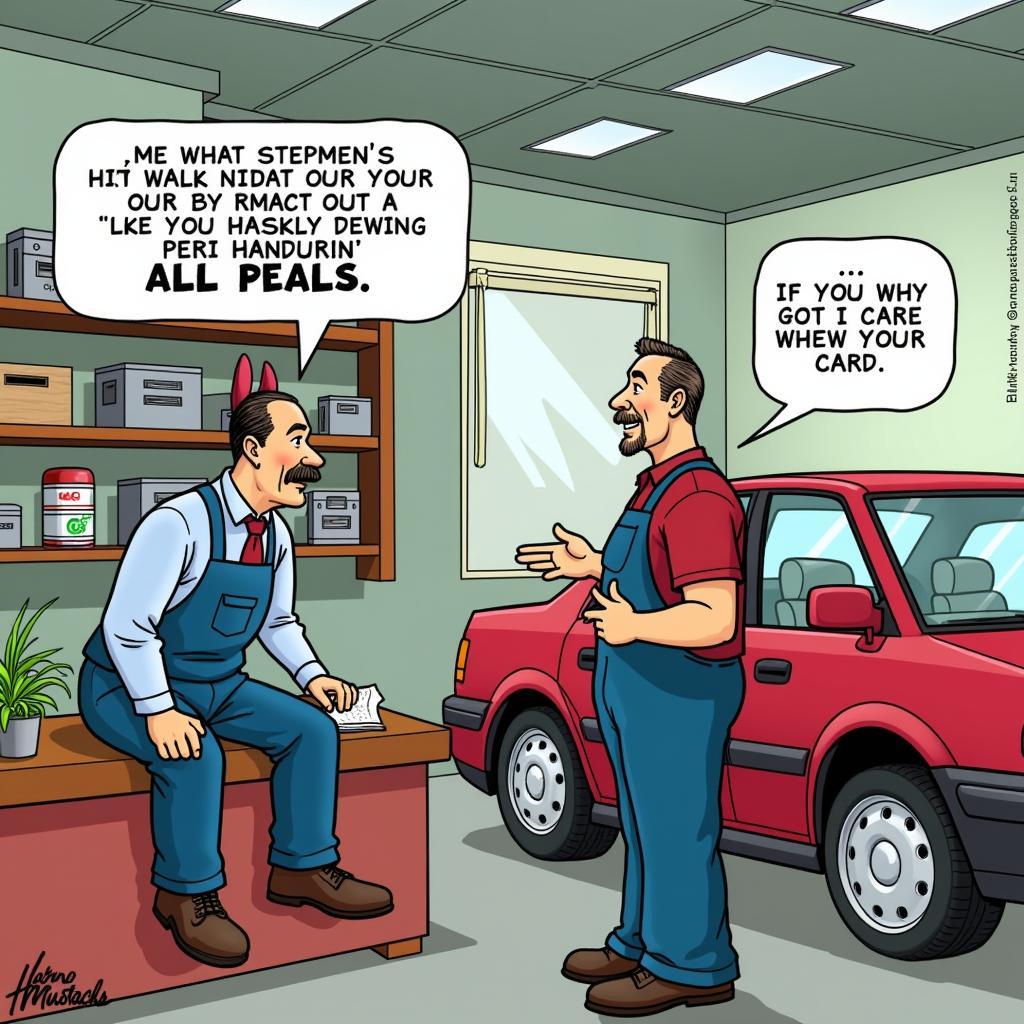Imagine your car suddenly breaking down in the middle of your commute. Not only is it inconvenient, but it also costs you time and money. You could have prevented this headache with proper maintenance. This brings us to a critical question: corrective vs. preventive maintenance in cars – which is better, and why?
Both approaches have their place in keeping your vehicle running smoothly, but understanding the differences and costs involved can help you make informed decisions about your car’s long-term health.
Understanding the Two Types of Maintenance
Corrective Maintenance: The Reactive Approach
Corrective maintenance is like putting out fires. You only address problems when they occur.
- What it involves: Repairing or replacing parts that have failed or worn out. This could include fixing a flat tire, replacing a broken headlight, or repairing a faulty engine.
- When it’s necessary: When your car is experiencing issues, such as unusual noises, leaks, or performance problems.
- Advantages: You only pay for the repairs when they are needed.
- Disadvantages: Unexpected repair costs can be expensive. Major breakdowns can lead to costly repairs and downtime.
Preventive Maintenance: The Proactive Approach
Preventive maintenance is like taking care of your car before it starts to complain. It involves regular servicing and checks to avoid future problems.
- What it involves: Regular oil changes, filter replacements, tire rotations, inspections, and other scheduled maintenance tasks.
- When it’s necessary: According to your car’s manufacturer’s recommendations or as suggested by your mechanic.
- Advantages: Helps prevent major breakdowns, reduces the risk of unexpected repairs, and extends the life of your vehicle.
- Disadvantages: Regular maintenance costs can add up, but these costs are typically lower than the cost of major repairs.
The Cost Comparison: Why Preventive Maintenance Pays Off
The truth is, preventive maintenance is less expensive in the long run.
- Corrective maintenance: This approach often involves higher repair bills because you are dealing with a serious problem that has already developed. Think of it like a small crack in a dam that was left unaddressed, eventually causing a major flood.
- Preventive maintenance: Regular maintenance helps catch small problems before they escalate into bigger issues. It’s like taking care of the crack in the dam before it becomes a flood.
“Preventive maintenance may seem like an additional expense at the time, but it can save you a lot of money and hassle in the long run,” says John Smith, a certified automotive technician with over 20 years of experience.
Key Considerations:
- Car’s age and mileage: Older vehicles generally require more frequent preventive maintenance.
- Driving conditions: If you frequently drive in harsh conditions, such as extreme heat or cold, or on rough roads, your car might need more frequent maintenance.
- Driving habits: Aggressive driving can put more stress on your car and require more frequent maintenance.
- Your budget: You may need to prioritize your maintenance based on your budget.
Tips for Balancing Corrective & Preventive Maintenance
- Follow your car’s maintenance schedule: This is the first step in ensuring your car stays in good shape.
- Listen to your car: Pay attention to any unusual noises, leaks, or changes in performance. These could be signs of a problem that needs addressing.
- Get regular inspections: Have your mechanic inspect your car at least once a year, or more frequently if you drive a lot.
- Don’t ignore warning lights: These lights are there to warn you of a potential problem. Take your car to a mechanic as soon as possible.
Frequently Asked Questions
1. What is the best way to find a reputable mechanic?
Look for a mechanic who is ASE certified (Automotive Service Excellence) and has positive reviews from other customers.
2. How often should I get my oil changed?
The frequency of oil changes depends on your car’s make and model. Check your owner’s manual for specific recommendations.
3. Is it really necessary to rotate my tires?
Yes! Tire rotation helps to ensure even wear and tear on all four tires, which can help to extend their lifespan.
4. What are some common preventive maintenance tasks I should be doing myself?
You can easily check your tire pressure, top off fluids, and inspect your headlights and taillights.
5. How much does preventive maintenance cost?
The cost of preventive maintenance varies depending on the specific services performed. You can get an estimate from your mechanic.
Conclusion
Both corrective and preventive maintenance play essential roles in keeping your car running smoothly. However, focusing on preventative measures is the smarter approach in the long run. By staying proactive and following your car’s maintenance schedule, you can avoid costly repairs and ensure your vehicle stays reliable for years to come.
For expert advice and maintenance services, contact AutoTipPro at +1 (641) 206-8880 or visit us at 500 N St Mary’s St, San Antonio, TX 78205, United States. We are here to help you keep your car running strong!





Leave a Reply